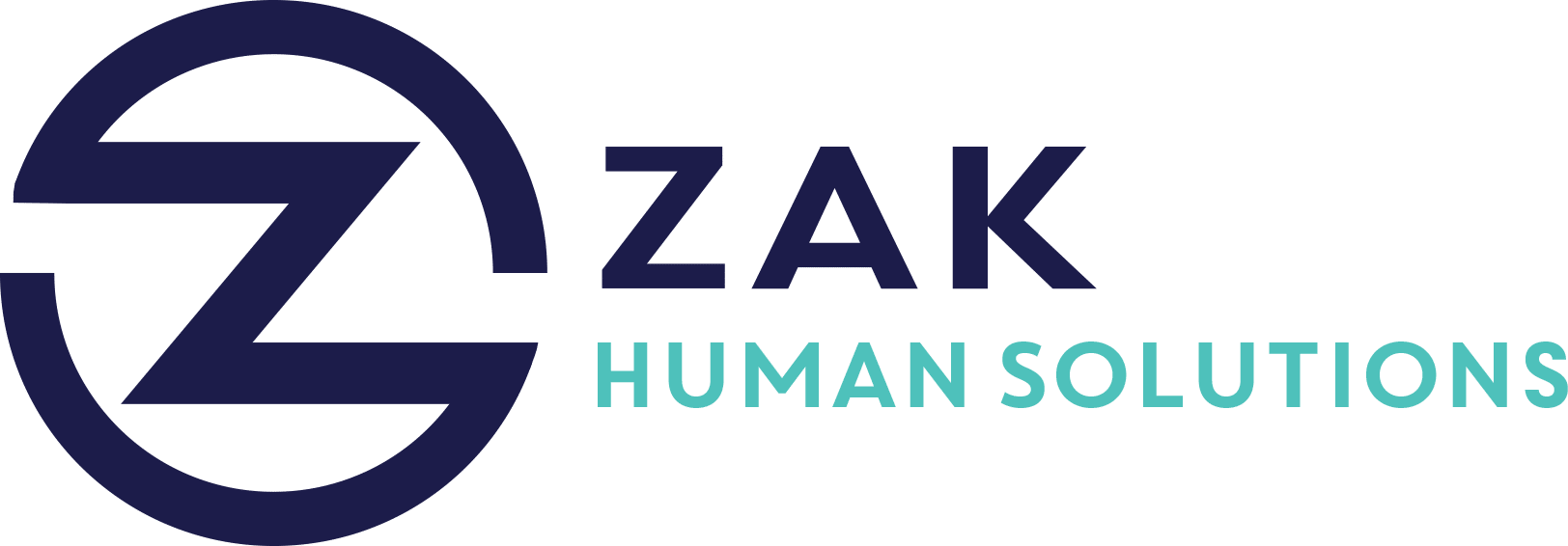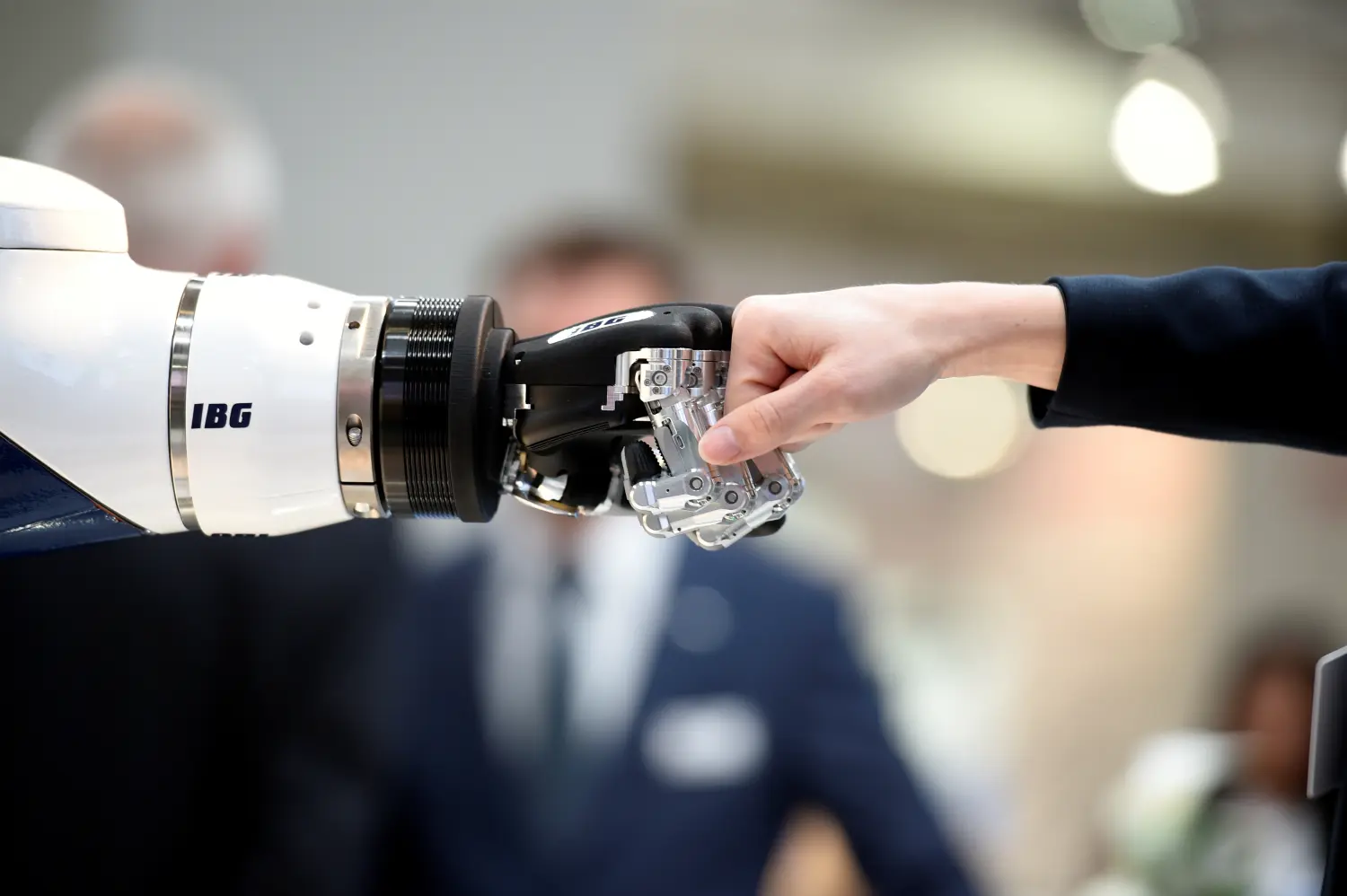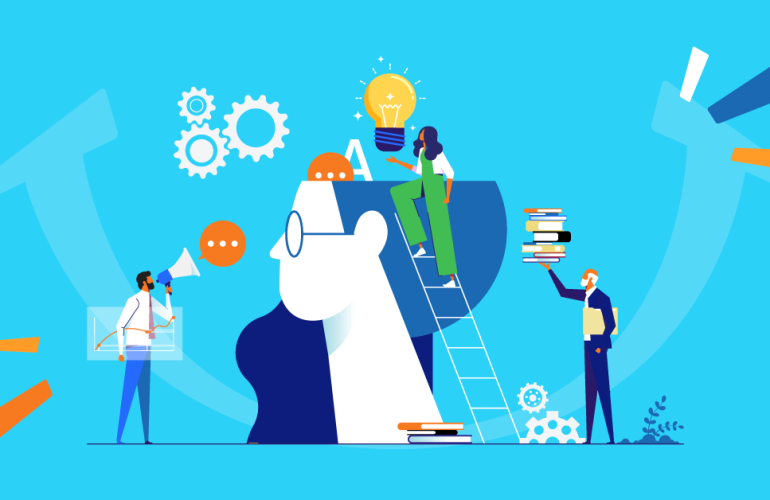Key Takeaways
- AI is projected to unlock $4.4 trillion annually, making it essential for organizations to harness its potential effectively.
- 87% of executives believe generative AI will augment rather than replace jobs, emphasizing the importance of a human touch in AI integration.
- Transformational CHROs play a pivotal role in aligning business strategy, technology, and workforce needs to adapt to AI innovations.
- Key strategic levers for HR modernization include redefining HR strategy, workforce planning, and cultivating a dynamic workplace culture.
- Organizations must establish robust data infrastructures and strong governance frameworks to facilitate effective AI integration.
- Practical first steps for HR modernization include conducting HR maturity reviews and defining AI investment priorities to ensure impactful adoption.
- Embracing AI should enhance human strengths rather than replace them, maintaining a focus on innovation and empathy in the workplace.
Artificial Intelligence (AI) is not just a buzzword; it is transforming industries and redefining workspaces. As AI is projected to unlock a staggering $4.4 trillion annually, businesses must strategically integrate AI to harness its full potential. Among the sectors poised for a profound transformation is Human Resources (HR), where AI is being integrated to augment roles, optimize operations, and enhance human capabilities. This blog post delves into the pivotal role AI plays in modernizing HR, the strategic levers for successful integration, and the practical steps organizations must undertake to embrace this new reality.
The Financial Promise of AI in HR
AI’s economic potential is undeniably vast, with projections indicating an annual unlocking of $4.4 trillion. This figure highlights the necessity for HR departments to rapidly adapt, adopting AI-driven solutions that promise to optimize and elevate their processes. Organizations that succeed will not only secure a competitive advantage but will also lead in setting new benchmarks for productivity and innovation.
Augmentation, Not Replacement: The Human Touch
A significant concern surrounding AI is its potential to replace human jobs. However, 87% of executives recognize that AI will augment existing roles rather than replace them, emphasizing the importance of maintaining a human-centric approach. This balance is crucial as it ensures that AI serves as a tool to elevate human capabilities, fostering an environment where empathy, creativity, and strategic thinking thrive alongside technological advancements.
The Transformational Role of CHROs
Chief Human Resources Officers (CHROs) are essential players in this transformation. They bridge the gap between business strategy, technological advancements, and workforce needs. CHROs guide their organizations to effectively leverage AI, helping align business goals with workforce capabilities, ensuring that the human element is preserved and enhanced within an increasingly automated landscape.
Strategic Levers for HR Modernization
Successful AI integration in HR requires a strategic approach:
- Redefining HR Strategy: Embedding intelligent automation into scalable HR models to boost agility and productivity.
- Workforce Planning: Leveraging predictive analytics to design dynamic roles, creating hybrid teams that optimize human and AI collaboration.
- Performance Management: Implementing AI-driven feedback systems and personalized career development plans that adapt to individual strengths and need.
- Learning and Development: Harnessing AI for personalized, just-in-time learning interventions to enhance critical skills.
- Dynamic Culture and Employee Experience: Developing inclusive and agile work environments powered by AI to strengthen employee engagement and align with company values.
Foundations for Effective AI Implementation
For AI integration to be successful, organizations must establish:
- Robust Data Infrastructure: Ensuring accurate, real-time data management to enable seamless AI operations.
- Governance Frameworks: Developing governance structures that address ethical considerations, data privacy, and bias management in AI systems.
- AI Fluency: Cultivating a comprehensive understanding of AI capabilities among employees to maximize its integration into daily workflows.
Practical Steps Towards AI Integration
The journey to modernizing HR with AI may seem daunting, but breaking it down into manageable steps can ease the transition:
- Conduct an HR Maturity Review: Identify areas of strength and opportunities within current HR strategies and operations.
- AI Readiness Checks: Assess the workforce’s preparedness to adopt AI, identifying necessary training and skill enhancements.
- AI Value Mapping: Engage in cross-functional discussions to prioritize AI investments, aligning them with strategic goals for measurable outcomes.
These steps not only lay the groundwork for broader AI adoption but also instill confidence across the board, making the transition smoother and more effective.
Embracing the Human Potential of AI
Despite AI’s significant capabilities, the future of work remains inherently human. AI should be seen as a powerful partner that, when effectively integrated, highlights human strengths such as innovation and empathy. Organizations that strike a balance between leveraging AI and nurturing human talent will excel in their industries, setting new standards for organizational effectiveness and employee satisfaction.
As AI continues to evolve, its impact on HR will only deepen. By embracing AI as a complement to human capabilities rather than a replacement, organizations can navigate this transformation confidently, realizing unprecedented levels of growth and productivity. The future of HR is not just technologically advanced; it is fundamentally human-centric.




